A quick fix – SMART repair

As the segmentation of the repair and refinish market continues, bodyshop magazine turns its attentions to the small to medium area repair technique (SMART) sector and explores how this element is evolving to suit the industry’s needs.
The bodyshop market has evolved over the years creating various clear ‘sectors’ under the repair industry banner, for example; small to medium area repair techniques (SMART), paintless dent removal (PDR), mobile, fast-track and more. All of these sectors operate alongside what would be considered a ‘traditional’ bodyshop market.
The actual definition of each individual sector can sometimes be blurred and is often a topic that can cause great debate within the industry, especially when it comes to the term SMART. For many, SMART is any repair that requires less than 25 millilitres of paint, or any repair that’s no larger than A4 size and on a single panel. However, there are many other businesses who now carry out repairs greater than this measure, yet would still consider themselves to be ‘SMART’ repairers. Clearly, the debate goes on.
Growth
The amount of small businesses carrying out SMART work across the UK is significant, a demand which has been largely driven by rising insurance excesses – a trend that looks like it is once again set to take hold with premiums reportedly on the rise. The net result of this is an increasing customer base that when involved in a minor incident are more likely to manage the cost themselves, rather than pay a sizeable insurance excess. The rise in the amount of repairers that concentrate solely on ‘minor work’ has had a noticeable effect on the larger, more traditional bodyshops, many of which have had to adapt or change in order to deal with the increase in demand for this type of work.
SMART repair in the UK has been significantly increasing in both in-house and mobile formats over the last few years. Mark Swaby, chairman at Bodyshop Solutions, commented, ‘As a result of the marked increase in SMART, from an equipment standpoint, we have seen a significant increase in sales, particularly of both short-wave infrared of our Trisk and IRT infrared ranges and our steel and aluminium dent pulling equipment from Stanzani, in Italy, to achieve the fast repairs required.’
He continued, ‘The equipment used by each repairer depends on their required sophistication and budget. We are selling complete dent repair workstations either for steel or aluminium or twin ones for both steel and aluminium (stored separately), so that everything required is in one place for quick access and repair.
These work stations are proving popular with both bodyshops and also for re-finishing at car manufacturers.’
With regard to infra-red equipment, Mark suggests the business is selling the spectrum of equipment for SMART, from small hand-held infrared units with timers to large sophisticated mobiles or rail systems, including pyrometers and distance sensors for greater control.
Change
Another business that has emerged as a result of the rise in demand for smaller, faster turnaround repairs is XRS with its Xpress Centre. Steve Barrett, director of XRS, started off with his first prototype of a cabin repair booth in August 2014 and has since developed a fully operational Xpress Centre for cars and, expanding upon his original design, has built a slightly larger unit to facilitate commercial vehicles. The Xpress Centre claims to bring together all of a bodyshops key equipment under one roof. The patent pending Xpress Centre, is specifically designed for use in ‘public’ areas such as dealership forecourts, gym car parks and retail sites. A three phase power supply and a data cable are all that is required to make it work.
Steve explained, ‘The Xpress Centre is aimed at changing the way people perceive vehicle repair and instead put it in the public domain as an advanced, easily accessible and highly professional service.’
Already talks are underway with several bodyshops and industry manufacturers in the UK and Ireland, which could see mobile repair booths like this pop-up all over the country and make ‘accident’ repair accessible to a new audience.
Opposition
Historically, the mobile repair sector was met by many within the industry with scepticism, a stigma which still remains in some quarters. It has seen many calls for more regulation within the sector as certain practices have damaged the repair market reputation, as a whole, by producing quick, low cost repairs that require a rework within a matter of months. This is partially attributed to the fragmentation of the mobile and SMART repair markets, which remain non-specific in approach to key issues such as quality and pricing. Despite the hurdles, the professional mobile and SMART repair operators have proved highly successful, and many suggest the sector has many qualities that the more traditional accident repair industry could benefit from.
An example of the type of benefits SMART repair can offer was presented in a session at IBIS 2014. Peter de Roo, business development director, EMM International, discussed how old school business owners with standard ideas have had to adapt quickly into a new mindset in order to deal with the rise in demand for SMART repair. To deal with this change they created a high tech environment where cosmetic car repair could be performed within two hours. This, claimed Peter, attracted customers that ‘normally’ would not have bothered with repair.
While some are still unsure about SMART, others believe this, along with the various other modalities of small area repair methodologies, is thriving. The questions around what qualifies as SMART repair, and whether or not this sector should be regulated are discussions that are likely to rumble on. Either way, in order for any one business or sector to be successful it must continuously evolve in order to satisfy the ever changing needs of the market, who knows what the next smart idea will be?








